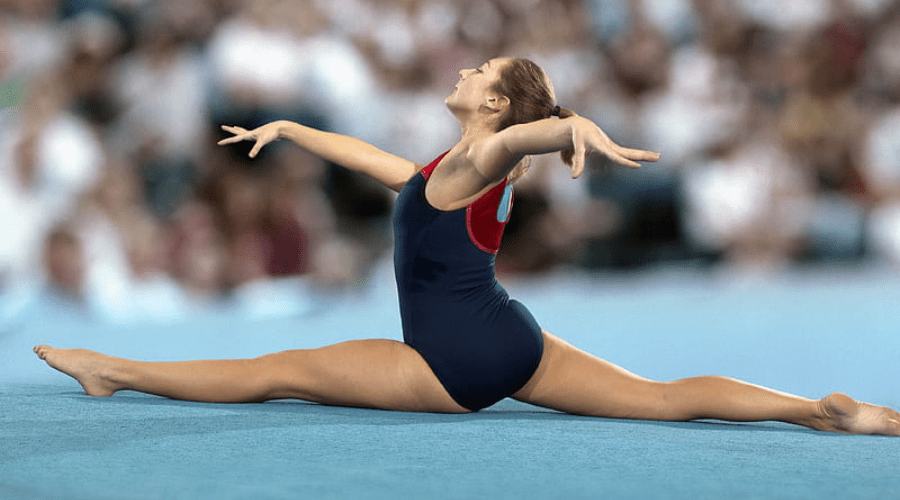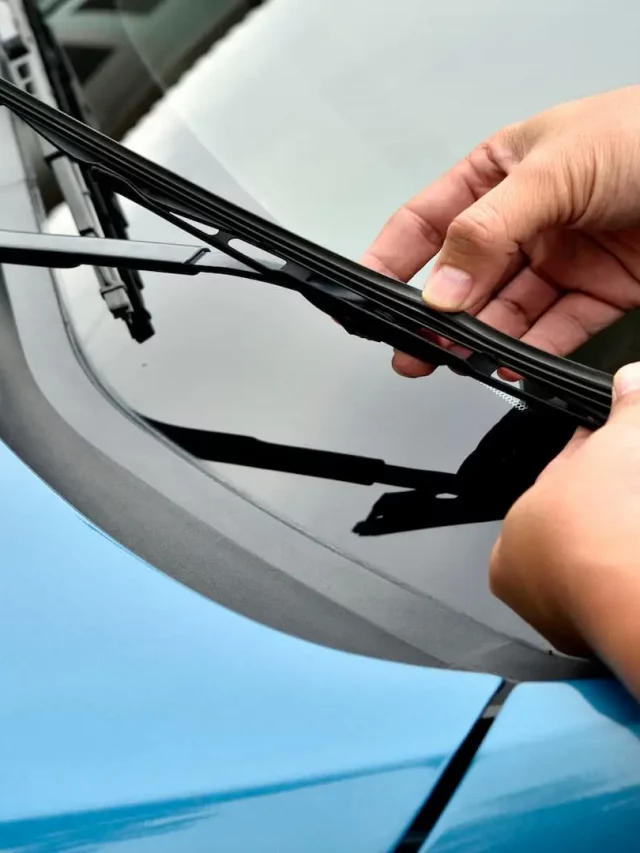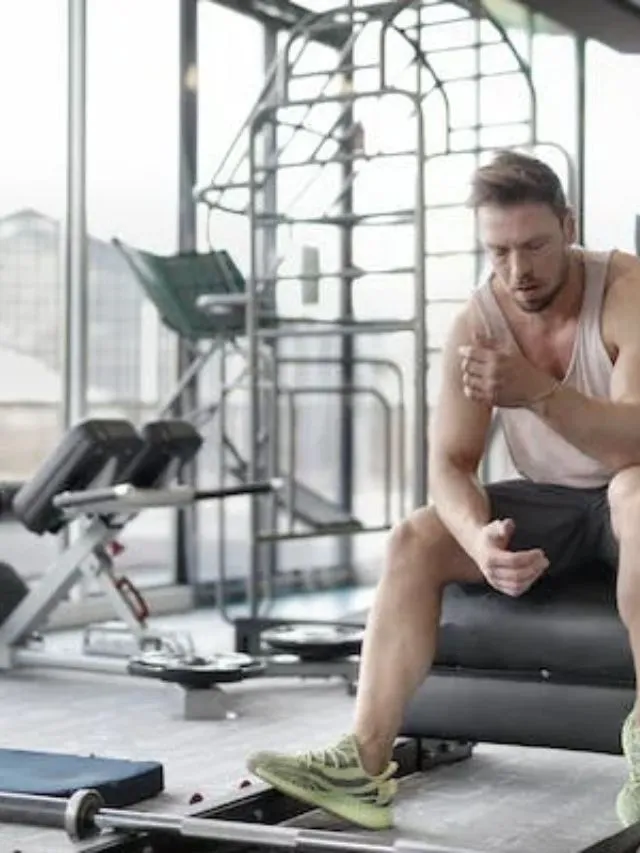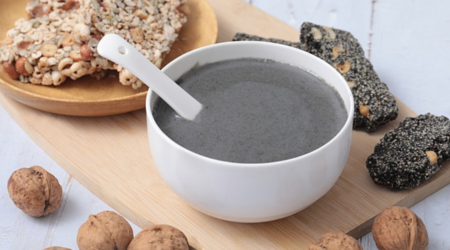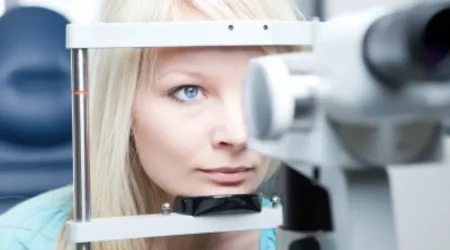Gymnastics is all about bending, twisting, and stretching. To nail these actions, your body needs to be quite flexible. In fact, flexibility is so highly considered in the world of gymnastics that nothing overpowers it. While some are naturally good at it, others have to work hard to get that fluidity and movement. It’s not rocket science! With the right flexible gymnastics moves, you can bend and twist like water in no time. This guide will cover similar moves and a brilliant course that will provide you with professional guidance.
Top 11 Flexible Gymnastics Moves That Need No Experience or Expertise
Based on the common gymnastics moves for beginners and various apparatus, here are the 11 most flexible gymnastics moves:
1. Splits:
This is a fundamental flexibility move where you split your legs sideways or front-and-back, ensuring your entire lower body, including your legs and rear end, is in contact with the ground. It’s a key move that showcases a gymnast’s flexibility and can also be performed on a trampoline.
2. Front walkover:
Similar to a front handspring, but more fluid and flexible. The gymnast’s legs move one after the other in a smooth motion, requiring significant back and leg flexibility to execute gracefully.
3. Back walkover:
The reverse of a front walkover, where the gymnast’s legs move fluidly one after the other in a backward motion. It demands excellent back flexibility and control.
4. Split leap:
A dynamic move that combines flexibility with power. It’s a running forward leap where the gymnast passes through a full split position while airborne, showcasing both leg flexibility and strength.
5. Scissors leap (or switch leap):
Another aerial move that requires great leg flexibility. It’s a forward leap where the legs move in a scissors-style motion, demanding quick and flexible leg switches mid-air.
6. Hip circle:
Performed on uneven bars, this move requires significant hip and back flexibility. The gymnast circles around the bar with their hips in physical contact, which can be done in both front and back variations.
7. Cross handstand:
A variant of a traditional handstand, where the hands are planted close together on the ground. This position requires more shoulder, arm, and back flexibility to maintain balance and form.
8. Front and back walkovers on beam:
Performing walkovers on a four-inch wide beam demands not just the flexibility needed for the move itself, but also incredible balance and body control.
9. Straight jump:
While primarily a strength move, a good straight jump on floor or beam requires leg and back flexibility to keep the legs perfectly straight during flight and landing.
10. Turn on one foot:
A dance-style pivot used on the floor and beam. While it might seem simple, executing a graceful turn requires significant ankle, foot, and leg flexibility.
11. Aerial walkover (or front aerial):
An advanced move where the gymnast performs a complete forward revolution without touching the ground. It requires exceptional leg, back, and core flexibility to execute the flip and maintain form without hand support.
These moves showcase the incredible range of flexibility required in gymnastics, from static positions like splits to dynamic aerial maneuvers. Many of these flexible gymnastics moves are fundamental to more complex skills and are practiced across multiple apparatus, highlighting the importance of flexibility in the sport.
Gymnastic Fundamentals: Best Course to Learn More About Such Flexible Gymnastics Moves
There is no greater mentor than the renowned Simone Biles for anyone looking to improve their gymnastics abilities, especially with regard to flexibility. This four-time Olympic gold medallist offers her knowledge in her extensive MasterClass, which is a great resource for young gymnasts.
Building Foundations with Basic Flexible Gymnastics Moves
The course is structured to cater to all levels. Beginners start with fundamentals like cartwheels, roundoffs, and glides, which are essential for building flexibility and strength. As Biles emphasises, mastering these basics is crucial before progressing to complex moves. She demonstrates these foundational skills with young gymnasts, making them relatable and encouraging for newcomers.
Advancing to High-Flexibility Techniques
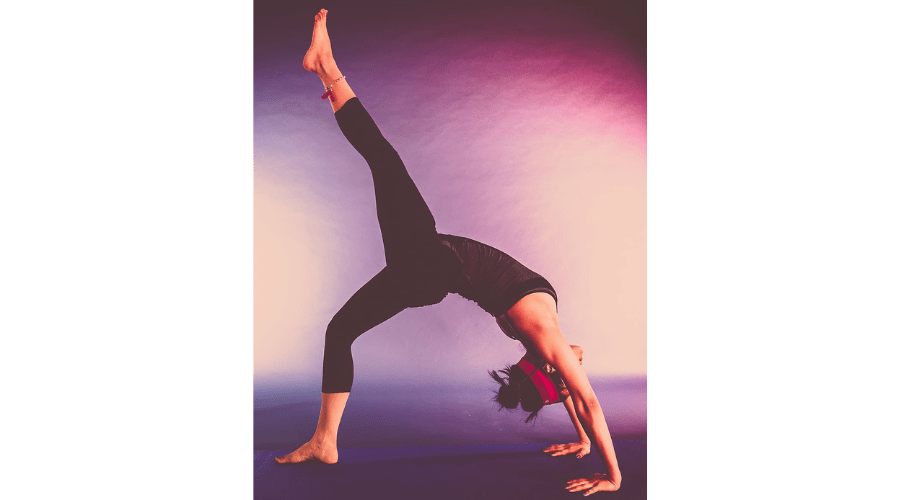
As you progress, the course delves into more flexibility-demanding moves. On the floor, you’ll learn front handsprings, back handsprings, and even layouts. The balance beam section is particularly beneficial for flexibility, covering handstands, walkovers, and split leaps on a four-inch wide surface. Uneven bars and vault sections also incorporate moves that require significant flexibility, like cast to handstands and Yurchenko variations.
Mental Preparation for Flexibility Challenges
What sets this course apart is Biles’s holistic approach. Beyond physical techniques, she addresses the mental aspects of gymnastics. She shares personal insights on overcoming fears, building confidence, and setting goals—all crucial for pushing your flexibility limits safely. This psychological training helps you approach challenging, flexible moves with a positive mindset.
Collaborative Learning for Flexibility Growth
The course highlights the importance of coach-athlete relationships, focusing on effective communication and trust-building. This is crucial, especially for advanced flexibility moves, where trust in your coach is essential. Biles’s advice helps create a supportive environment for pushing boundaries, both physically and mentally.
Conclusion
With a significant emphasis on flexible gymnastics moves, Simone Biles’s MasterClass provides a thorough introduction to gymnastics. Stretches and advanced aerial maneuvers are only a few of the physical and mental areas it addresses, all within an organised growth path. This course is the best tool for anyone trying to get more flexible in gymnastics, whether their goal is to master a back walkover on the beam or polish their splits. For more such updates on flexible gymnastics moves, visit Savewithnerds.
FAQs




